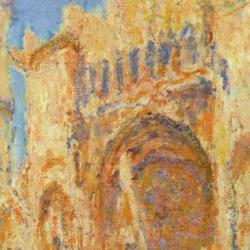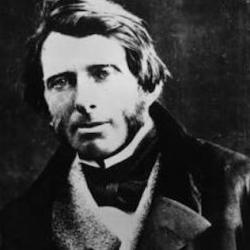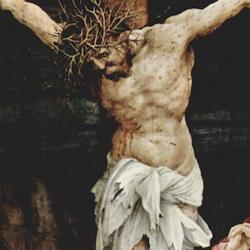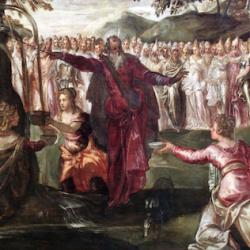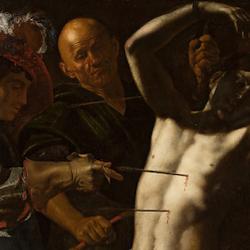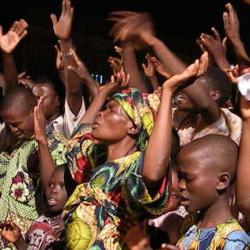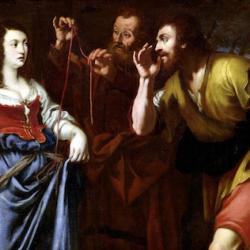Architecture, Ruskin claims (Seven Lamps of Architecture), isn’t the same as building. Architecture refers to the specifically artistic features of a building, and the specifically artistic features have to do with adornment and not function: “Architecture concerns itself only with those characters of an edifice which are above and beyond its common use. I say common; because a building raised to the honor of God, or in memory of men, has surely a use to which its architectural adornment fits... Read more

